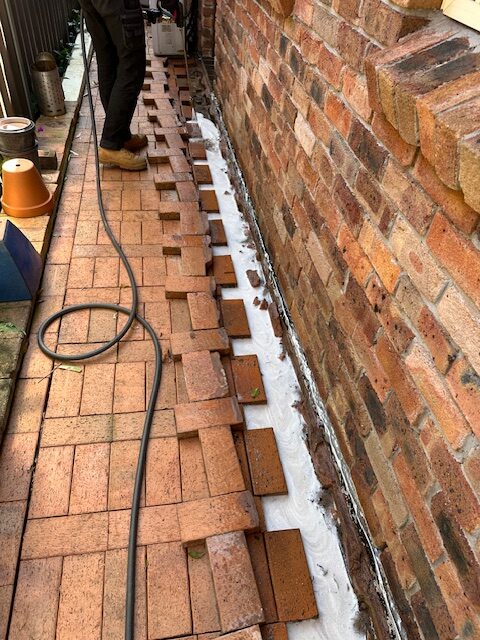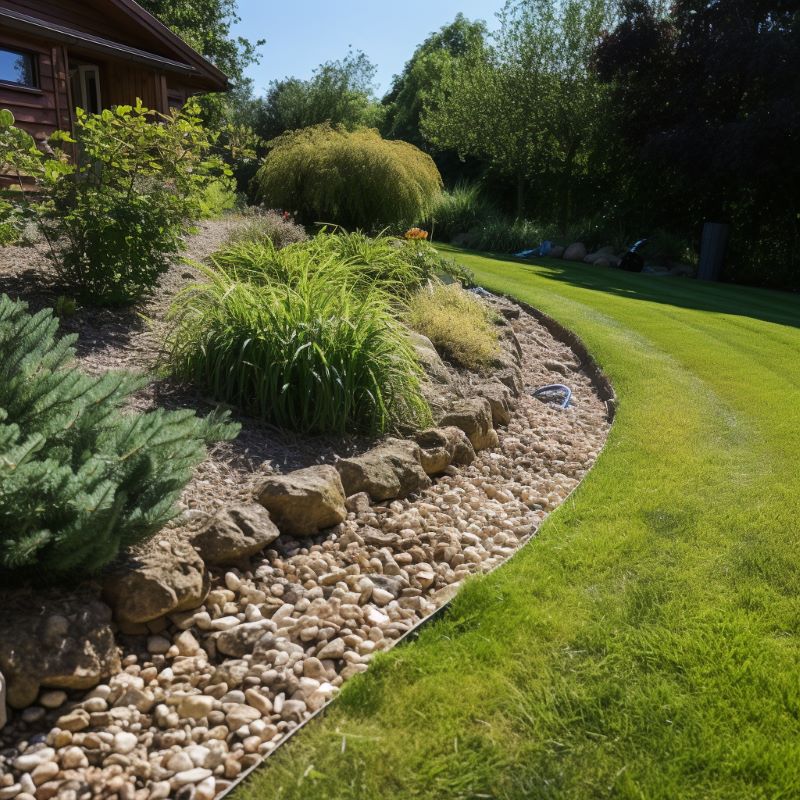Landscaping is an impactful method to enhance both the aesthetic appeal and market value of your home. However, it requires careful planning to ensure the preservation of essential termite barriers. These barriers are crucial for protecting your property from damaging termite infestations. Unfortunately, some landscaping choices and maintenance practices can inadvertently compromise these barriers, leading to decreased effectiveness. This detailed guide is designed to provide you with vital strategies and insights to help you make landscaping decisions that will not jeopardize your termite protection systems. By adopting a proactive approach, you can enjoy a stunning landscape without sacrificing your home’s defense against termites.
Understanding the Vital Role of Termite Barriers in Home Protection
Termite barriers are specialized protective systems, which can be either physical or chemical, strategically placed around or beneath your home to prevent termites from infiltrating your property. It is essential for every homeowner to prioritize the installation of a comprehensive termite management system. Understanding the specific type of barrier in place is key to effective property maintenance. A simple way to verify this information is to check what is recorded in your electrical meter box. These barriers perform a crucial function in safeguarding structures, particularly in areas such as Sydney’s Hills District, where termite activity is alarmingly prevalent, underscoring the need for vigilant protective measures.
- Physical Barriers: Made from durable materials like stainless steel mesh or graded stones, these barriers are installed beneath a building to effectively block termites from tunneling through and endangering the structure.
- Chemical Barriers: This method involves applying liquid termiticides to the soil surrounding a building, creating a treated zone that deters or destroys termites from entering your home, thus ensuring ongoing protection.

Identifying Landscaping Practices That May Harm Termite Barriers
There are various common landscaping practices that can inadvertently damage or weaken the efficacy of termite barriers, resulting in vulnerabilities that could lead to serious infestations. Recognizing and comprehending these practices is critical for maintaining effective defenses against termites. By being aware of these potential pitfalls, homeowners can take proactive measures to protect their properties from termite threats.
1. Planting Too Close to Your Home
When plants, shrubs, or trees are too close to your house, they can introduce several problems:
- The roots may penetrate physical barriers or disrupt the treated soil in chemical barriers, significantly reducing their effectiveness.
- Dense vegetation can retain moisture close to the building’s foundation, creating an inviting environment for termites to thrive, which can potentially lead to infestations.
2. Adding New Soil or Mulch
Bringing in layers of soil or mulch near the foundation can create a bridge over chemical barriers, allowing termites to bypass these vital protections. Organic mulch is particularly problematic, as it can serve both as food and shelter for termites, turning it into an especially attractive habitat for these pests.
3. Paving and Hardscaping Projects
The installation of paving, patios, or retaining walls near your property can disrupt existing termite barriers. The excavation and soil movement associated with these projects might compromise the chemical seal or create gaps in physical barriers, subsequently increasing vulnerabilities and making your home more susceptible to infestations.
4. Irrigation System Considerations
Poorly designed or overly watered irrigation systems can saturate the soil surrounding your foundation. This not only dilutes the effectiveness of termiticides in chemical barriers but also creates a favorable environment for termite proliferation, thereby increasing the risk of infestations.

Effective Landscaping Techniques to Safeguard Your Termite Barriers
1. Maintain Safe Distances from Your Home
- Ensure a minimum distance of 50 cm between plants and trees and your home’s foundation, creating a safe buffer zone that protects against termite access.
- Select smaller, non-invasive plants that are less likely to develop extensive root systems capable of interfering with your barriers, ensuring that your protective systems remain intact.
2. Opt for Termite-Resistant Mulch Choices
- Choose inorganic mulches like gravel or stone, or consider using termite-resistant materials such as cedar or cypress chips to minimize risk and deter termite activity.
- Limit mulch heights to a maximum of 5 cm and keep them at least 15 cm away from the foundation to reduce moisture retention and discourage termite attraction.
3. Prevent Disruption of the Barrier During Landscaping
- Consult with a professional before undertaking any digging or installation of landscaping features near your home to avoid disturbing the termite barriers or termite baits.
- If soil alterations are necessary, it is advisable to have the barrier reinspected and potentially retreated to ensure continued protection against termites and maintain the integrity of your defenses.
4. Thoughtful Design Considerations
- Position irrigation systems away from the foundation to prevent excessive moisture accumulation near the barrier, which can attract termites and increase the risk of infestations.
- Install root barriers for larger trees to prevent roots from encroaching on the termite barrier and causing potential damage that could undermine the structure.
- Be cautious of termite reticulation pipes to avoid damaging them during landscaping activities, ensuring that your protection systems remain effective.
Critical Actions to Take if Your Termite Barrier is Compromised
If landscaping activities or natural events have disturbed your termite barrier, it is vital to take immediate action to protect your home from potential infestations:
- Schedule a Professional Inspection: A comprehensive termite inspection is essential to identify vulnerabilities and determine if termites have breached your protective barriers, allowing for prompt remedial actions to be taken.
- Reinforce Your Barrier: Based on the results of the inspection, physical barriers may need repairs, while chemical barriers might require retreatment or a top-up to restore their effectiveness and ensure ongoing protection.
- Implement Regular Monitoring: Routine inspections for termites are essential to ensure that your barrier remains intact and your property stays protected from infestations, enabling you to catch potential issues early.
Strategic Landscaping Approaches to Fortify Termite Protection
With thoughtful planning and strategic design, your landscaping can effectively support your termite protection efforts while enhancing your home’s overall defenses:
- Incorporate gravel paths or decorative stones along the foundation to create a dry zone that deters termite activity and minimizes moisture retention.
- Utilize raised garden beds with sufficient clearance from the house to reduce moisture accumulation near the foundation, helping to keep termites at bay.
- Regularly trim vegetation to ensure proper ventilation and reduce moisture buildup, creating an inhospitable environment for termites and bolstering your home’s defenses.

With careful thought, landscaping can be designed to enhance, rather than compromise, your termite barriers. By thoroughly understanding how different landscape designs impact termite protection, you can create a beautiful and pest-free home environment. If you seek expert termite advice or need assistance with maintaining your barriers, do not hesitate to contact our knowledgeable team today. Let us collaborate with you to secure your home while you bring your dream landscape to life, ensuring that your property remains safe, functional, and visually appealing.
The Article: Termite Barriers for Effective Landscaping Solutions first appeared on https://writebuff.com.
The Article Termite Barriers: Essential Solutions for Landscaping Was Found On https://limitsofstrategy.com
The Article Termite Barriers: Key Solutions for Your Landscape Design First Appeared ON
: https://ad4sc.com




Comments are closed